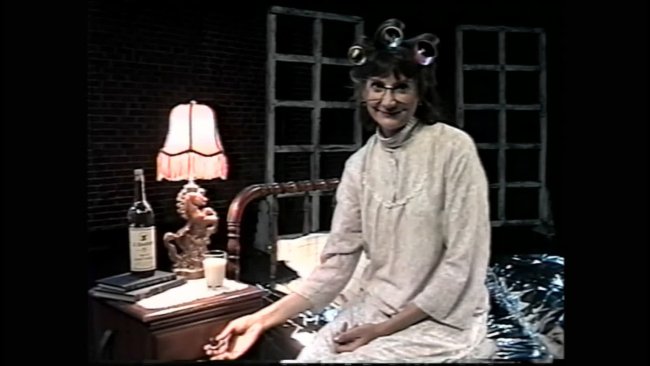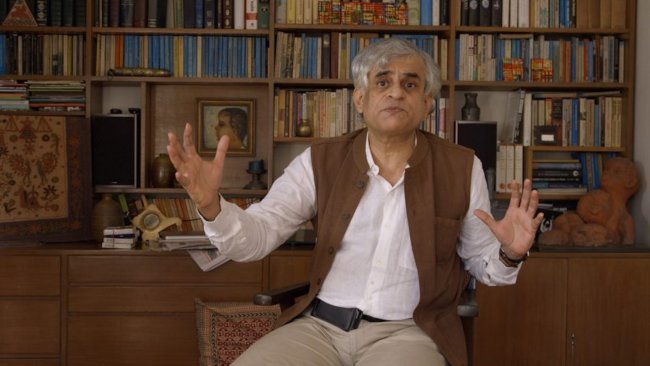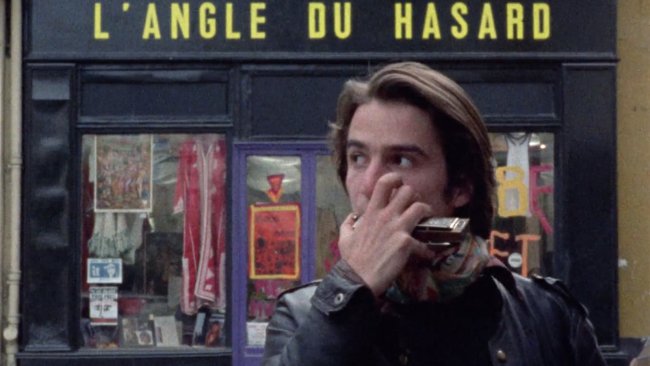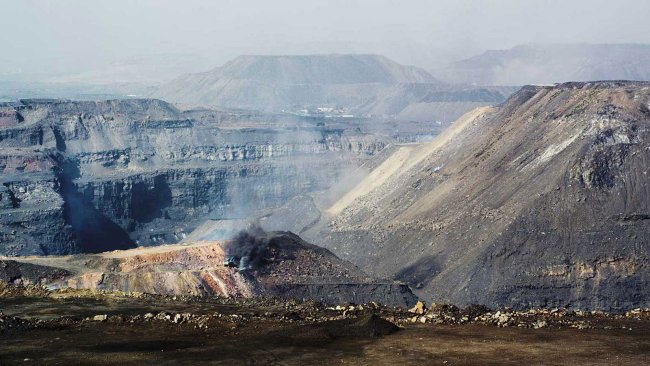Dada at the Nickelodeon
In the United States, Nickelodeons were the first indoor facilities dedicated to screening motion pictures, usually in converted storefronts. For about 20 years, starting in 1905 until the rise of the movie palaces of the 1920s, Nickelodeons were there to offer a more intimate movie experience to Everyman. The name for these makeshift movie theaters came from the entrance fee, which was a nickel (5c).
Film’s historic connection to magic, illusionism and vaudeville lent itself perfectly to the absurd interdisciplinary experiments of the Dadaists and later the Surrealists. The selection of films in the event at Dienstgebäude curated by Olga Stefan traces the technical developments in cinema while highlighting the influence cinema had on avant-garde art practices and they on it, not only blurring the lines between art and film, but eliminating them entirely.
Text: Olga Stefan
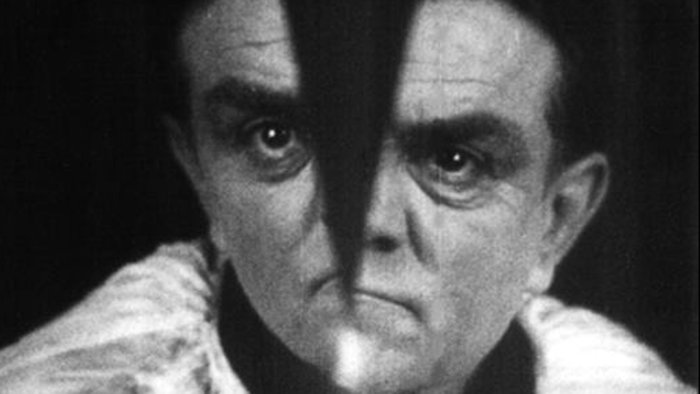
The films in the screening at Dienstgebäude have been selected among the large number of experimental films existent on youtube and vimeo as well as other film archives for their influence on and from Dada specifically. These films are some of the first examples of films that would be later considered Dada or Surrealism.
Dada was a movement that was started in Zurich in 1916, during the first World War, by refugees, among whom were three Jewish Romanians fleeing antisemitism and war in their country, Tristan Tzara, Marcel and Jules Janco, and who joined Hans Ball, Emmy Hennings, Richard Huelsenbeck, Hans Richter, Jean Arp, and Sophie-Taeuber Arp to create the wild events at the Cabaret Voltaire. Dada was multi-disciplinary and included poetry, sound/music, performance, dance, photomontage, etc., but came out of the European cabaret tradition and German Expressionism. It was initially, in the first phase, characterized by a desire to break with and destroy everything that was at that time tradition, bourgeois, “beautiful”, and acceptable, thus rejecting the characteristics in society that led to the World War. This form of anti-art played with the absurd and the nonsensical, as it deconstructed the traditional forms of art that had been established until then, while integrating and drawing from the avant-garde forms of Futurism, Expressionism, etc. Dada absolutely rejected realism and traditional ways of understanding reality, therefore collage became a very significant element in Dada work and it was used in all manner of expression, including dance, photography and later film. The second phase of Dada, one that started after the war, when many of Dada’s original artists and followers returned or moved to other European cities, was one concerned with finding new meaning through altering perception and the construction of new ways of seeing. In film, Dada artists tried to relay the sensation of movement by countering the static nature of painting, and subverted conventional narrative. Unlike surrealist films that wanted the viewer to believe in the onscreen illusion, Dada films wanted to reveal the tricks of the film apparatus and deconstruct illusion.
In the films I selected, some are very difficult to distinguish from Surrealist films, as the two movements and their respective artists tended to overlap in the latter years of Dada and the early years of Surrealism. Another problem in classifying Dadaist films is that Dada was anti-capitalist and tried to subvert the commodification of art, whereas films as a form became the most successful exponents of this turn.
Journey to the Moon – Georges Meliès, 1902
One of the most important films in cinema history, it influenced fictional narrative movie-making ever since. Extends out of the theatre and illusionism tradition, with sets that look like those designed for theatre and actors coming directly from the theatre, Journey to the Moon combines the absurd with science fiction, parody, and non-linear storytelling to create a work of art and makes it one of the first narrative films made. Meliès said, «These fantastic and artistic films reproduce stage scenes and create a new genre entirely different from the ordinary cinematographic views of real people and real streets.»
Influences: Jules Verne’s From the Earth to the Moon, HG Wells’ The First Men on the Moon, and Jacques Offenbach’s operetta by the same name that parodied Jules Verne’s work. It is also one of the first films to consciously use the substitution splicing technique that Meliès claims to have invented, which juxtaposes two different images to give the illusion of sudden change, resulting in many of the special effects we see in the film. All the costumes and stage design were hand-made sculpturally and mechanically.
The film is silent, of course, but the exhibitors were permitted to screen it with whatever sound accompaniment they saw fit, even though Meliès prepared a score for the films that included The Kingdom of the Feries and the Barber of Seville. Some exhibitors had a narrator explaining the story, or had music, or both.
Meliès’ extensive involvement in all of his films as director, producer, writer, designer, technician, publicist, editor, and often actor makes him one of the first cinematic auteurs.
Rhythmus 21 – Hans Richter, 1921
This film is a collage of geometric paper shapes that create the illusion of movement and rhythm when juxtaposed, and communicate the relationship between light and dark. Richter worked with Viking Eggeling before either of them produced film to develop abstract animation and cinema drawing.
Diagonal Symphony – Viking Eggeling, 1924
This film is similar to Hans Richter’s Rhythmuses but differs in that it originates with a picture roll, a scroll composed of sequences of painted images about 15m long that then were transformed in cinematic forms. This film was made from cut-outs of geometric forms to create rhythm and movement.
Entr’acte – René Clair, 1924
Produced as an entr’acte for the Ballet Suedois’s production of Relache, with music by Erik Satie, set design by Francis Picabia. There are cameos in the film of Francis Picabia, Man Ray, Erik Satie, Marcel Duchamp, and René Clair himself (as well as the director of the Ballets). The film features a new mode of production, instananeisme, which advocated for perpetual movement for which cinema was the perfect technology. Typical of Dadaism, montage, superimposition, and other cinematographic tricks create new modes of seeing and understanding the relationship between images.But the film also reveals the illusion-producing qualities of the apparatus.
Picabia commented that cinema should «give us a sense of vertigo... [It] must orient itself towards the spontaneity of invention which will always be more alive than the foolishness of a beautiful photograph.» In the program, Picabia wrote: «Entr'acte does not believe in very much, in the pleasure of life perhaps; it believes in the pleasure of inventing, it respects nothing except the desire to burst out laughing.»
Erik Satie composed the music frame by frame for the film.
Hans richter said of instantaneisme: «The word “instantaneism” emphasized yet again the central experience of Dada, as Picabia saw it, and as he wanted it to be: the “value of the instant”.»
The Seashell and Clergyman – Germaine Dulac, 1928, screenplay by Antonin Artaud
The film’s loose narrative revolves around the erotic infatuation of a priest with the wife of a general.
Germaine Dulac was a French filmmaker, film theorist, journalist and critic and worked as a journalist for a Feminist French magazine. Dulac established her own production company and made several important films before experimenting with Impressionist and Surrealist forms.
She advocated the autonomy for the cinema as an independent art form free from the influences of painting and literature; and the importance of the filmmaker as an individual artistic and creative force.
The Seashell and Clergyman is considered the first surrealist film, having been released two years before Buñuel’s Un chien andalou, but due to disagreements with Artaud, her film got overshadowed.
Ghosts Before Breakfast – Hans Richter, 1927, music by Paul Hindemith
The film uses stop-motion animation and live action. Non-narrative and juxtaposes unrelated images and animates inanimate objects as a form of rebellion against regimentation, as experienced with the Nazi regime.
This article contains a third-party video. If you would like to watch the video, please adjust your settings.
Info
An Evening at the Nickelodeon: Towards Dada in Moving Images | Shortfilms | Olga Stefan, Itinerant Projects | Dienstgebäude Zürich
First published: May 05, 2016
